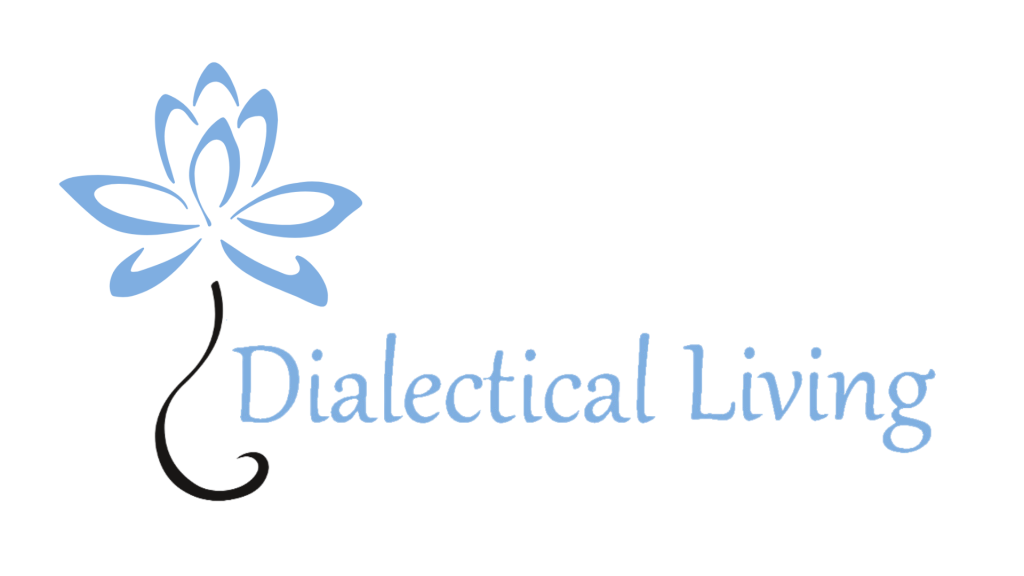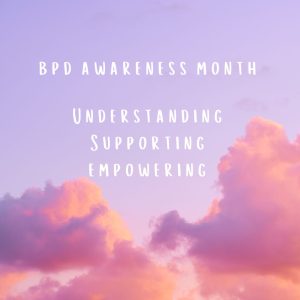Empowerment in Peer Support Groups
Note to the Reader: Personal experience as a group facilitator and program planner has founded the views in this opinion piece. If you are looking for research-based work on peer support, I recommend the Mental Health Commission of Canada’s report “Making the Case for Peer Support”.
The peer worker, in the context of mental health, is a community member with a mental health history or “lived experience” who supports program participants with similar experiences. A peer based program can involve skill learning and talk therapy elements. While the peer worker can have a range of academic and professional experience, it is recommended that they mainly relate to lived experience when supporting group participants as facilitators. A peer based psychoeducational and therapeutic group provides facilitators – the “peer workers” – and participants – the “peers” – a safe and empowering mutual learning environment. The peer worker’s role in such a group is to maintain this sense of safety and to encourage empowerment in participants by (1) facilitating the group in a balanced manner where all participants are permitted to openly reflect on and challenge transmitted information, (2) providing guidelines and structure, and (3) giving the participants independence in their journey toward a life worth living.
Empowerment, in peer based therapeutic and psychoeducational groups, is founded on a mutual exchange between each peer worker and peer. When a peer worker explains a skill or concept by relating to their own experience, not only are they conveying information, they are sharing their mental health history as a peer. Each participant then voluntarily shares their own lived experience in a similar fashion, which results in a non-hierarchical exchange of information. The roles of “teacher” and “student” are blurred in the peer environment, which ultimately promotes a sense of empowerment as every participant (and facilitator) is given the opportunity to voice their feelings and ideas.
Structure is another aspect of the peer group environment. The peer worker, as facilitator, relies on a set of guidelines – the “comfort agreement”. The comfort agreement sets the tone for each group, providing recommendations on confidentiality, respect (and self-respect), judgment, substance use, acceptance, advice giving, graphic language, etc. Unique to the peer environment, all members of the group are encouraged to challenge one another and the comfort agreement itself if necessary. It is also the peer worker’s role to maintain structure in terms of boundaries, in particular, time management. The facilitator/peer worker must know when to move on to a different topic or to end the group altogether. This, again, is not a one-sided responsibility – the peers/participants are equally responsible for maintaining time management priorities. Empowerment is a result of these given responsibilities, since each peer has a role in promoting a positive group space (and it would appear that self-sufficiency is the basis for empowerment in people with mental health histories, especially in cases where medical model procedures had once so severely pathologized them that they were left stripped of their independence).
The medical model approach can be understood, put simply, in terms of clinical procedures provided by a doctor to their patient. A conventional approach, which includes identification of diagnosis, prognosis, treatment and examinations, can leave patients with mental health histories feeling pathologized (made to feel “sick”, “wrong” or “bad”). For these reasons, a peer worker would avoid medical model approaches not only because they might not be qualified to do so, but because such approaches are inherently harmful. The peer worker, a source of empowerment for group participants, will instead encourage strength-based language (using “a person with a mental health challenge”, rather than “mentally ill”).
Participants of peer based groups can choose to become peer workers, meaning that they, regardless of their mental health histories, are encouraged to support their peers. Thus, the roles of “consumer” and “service provider” are also blurred for peer based programs. The primary role of the peer worker in group is to support and empower all participants to make choices about how they want to attain a life worth living, which could include peer work as a goal. The assumption is that in helping others, we can help ourselves. The medical model approach, conversely, does not allow such autonomy (meaning that the patient is not permitted to make treatment-related choices). While medical model procedures are sometimes necessary, peer support meets different needs, primarily at a level of social activism and genuine human connection.
The participant who has a say in their own recovery is empowered. While the focus in medical model procedures is treating illness, in peer work it is validating positive steps toward a life worth living. In elevating peers and peer workers to a place where they feel empowered through this process of validation, they will come to find self-acceptance. Given that stigma is an inhibitor of acceptance (and the elimination of stigma begins at a personal level for the minorities involved), peer work is a necessary element for overall community well-being.





